Tomorrow we feast!
We focus on the joys of a full table and a full stomach. 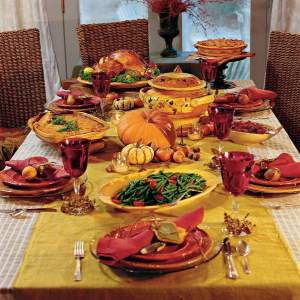
We honor the achievements that come out of the kitchen and take note of the flavors. Whether it is “just like moms” or “please pass the salt”, we think of this meal in reference to similar meals from other years.
We look at the good in our lives, if only for a moment, and honor it as a gift that it is given us. We respond, as best we are able to, to those we are gathered with and to the Source of All Gifts, with gratitude.
We give thanks.
I worship in a faith tradition that regularly moves between seasons of feasting and fasting, of celebration and repentance.
I stink at fasting. In recent attempts, I find myself a weak puddle of well-meaning intention and flabby will.
But, in many ways, I stink at feasting as well. I get caught up in the tasks, the work, the needs and I don’t take time to bask in the joys, the smells, the moments of the feast.
There is a moment at the Thanksgiving table when silence passes over. In that moment, I hope my heart is reminded to look at what is happening. To look and to actually see the joys of the feast that is unfolding, to see the goodness at hand and honor it.
For by the time the Thanksgiving tupperware is being loaded into the dishwasher, the leftovers consumed over the course of days, attention shifts to the next great holiday on the horizon. In just a few days, the deep-purple season of Advent arrives, a holy time which whispers: “Slow down. Look deeper. The little one, the vulnerable one–He’s coming! Create a bit of room!” These weeks of anticipation for Christmas, full of parties and shopping and yummy treats, are ironically, a time of fasting.
As faith is whispering a message of internal preparation, the world cranks the volume on its siren song: “Buy me! Eat me! You are running out of time! Now, do it NOW!!!” Frenzy and fuss, set to the tune of holiday jingles.
Perhaps if I can have a moment of attentiveness–of clear vision–during the Thanksgiving feast, I will be able to approach the Christmas preparations with new sight as well. Perhaps, just perhaps, when He comes at Christmas, He will find my heart not stuffed to the gills with worries and outings and lists.
Rather, He will find just a bit of space that is hungry and longing.

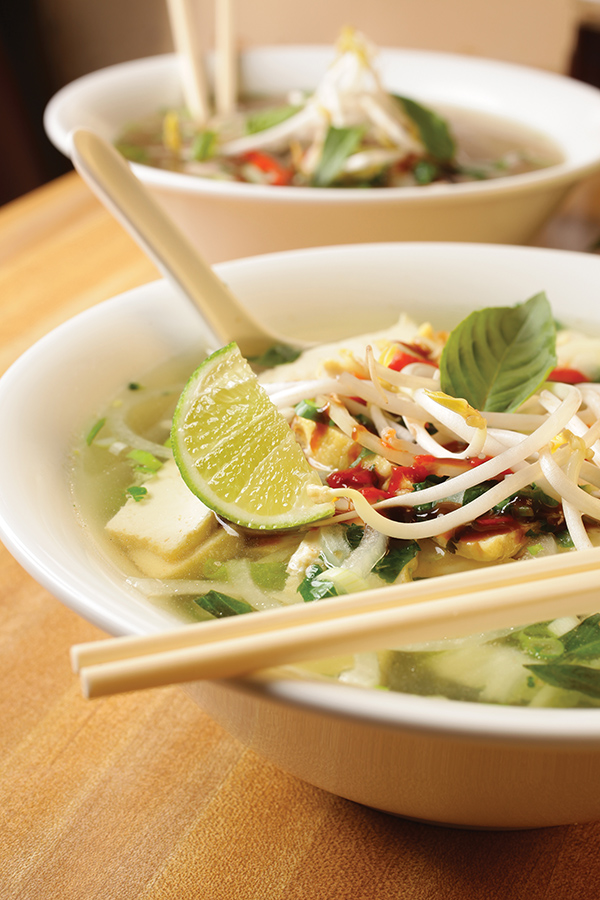
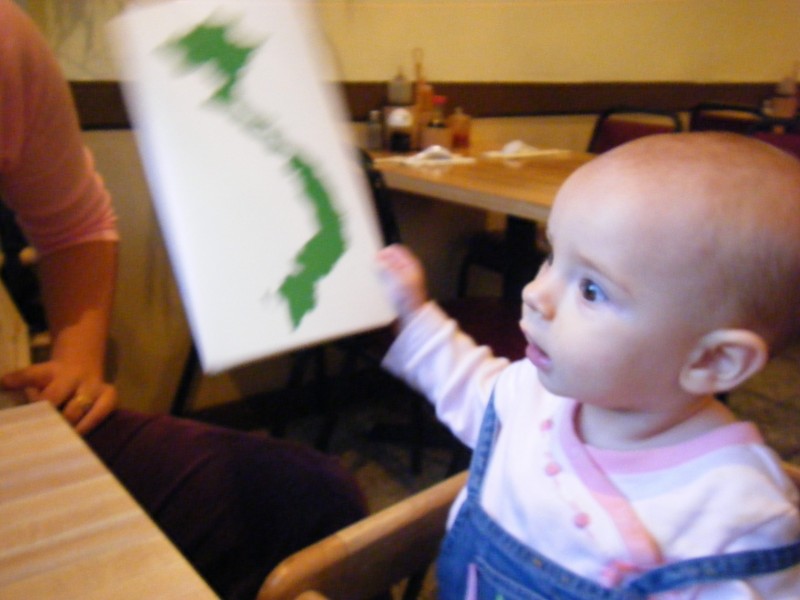
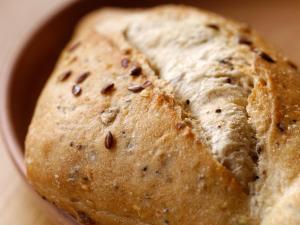


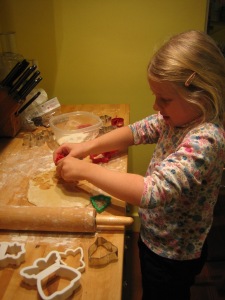
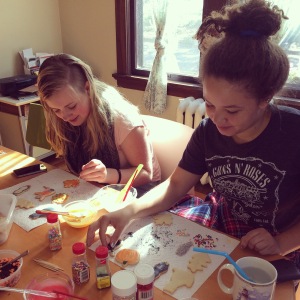

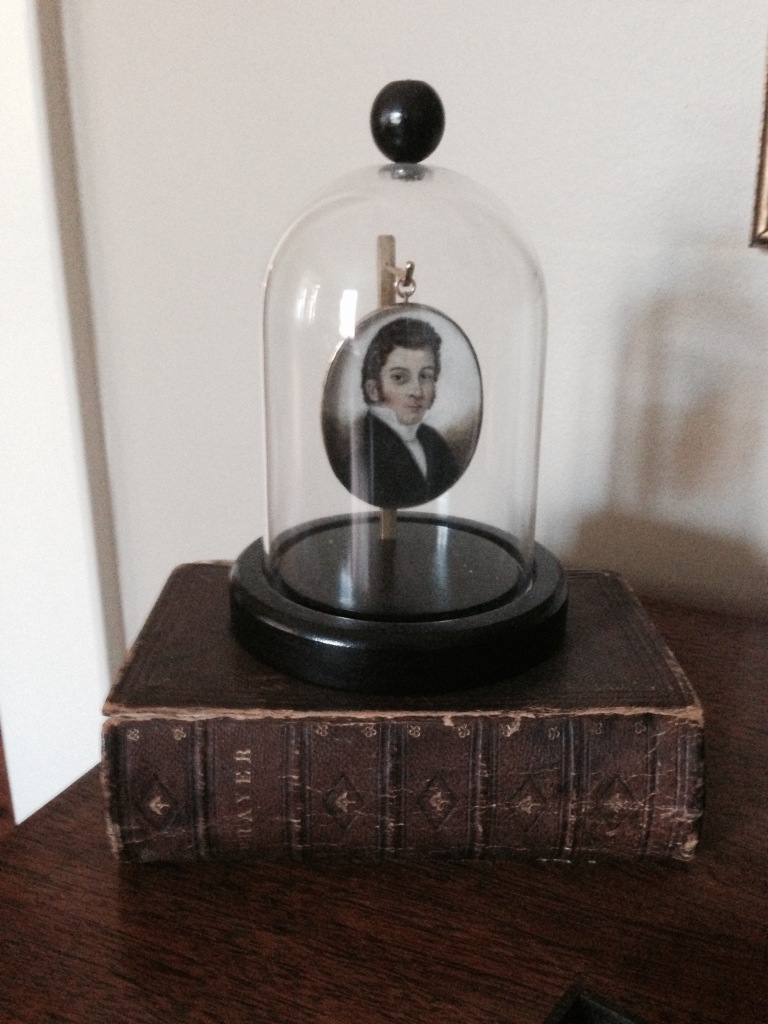
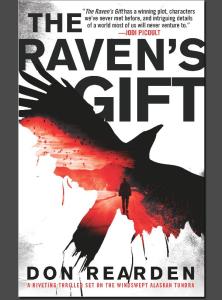
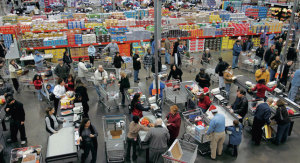
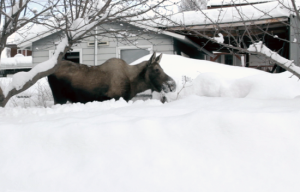



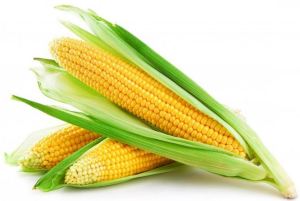 kennels and sending silk wisping into the air. The husks ended up in the compost pile and the ears ended up in a pot of boiling water.
kennels and sending silk wisping into the air. The husks ended up in the compost pile and the ears ended up in a pot of boiling water.